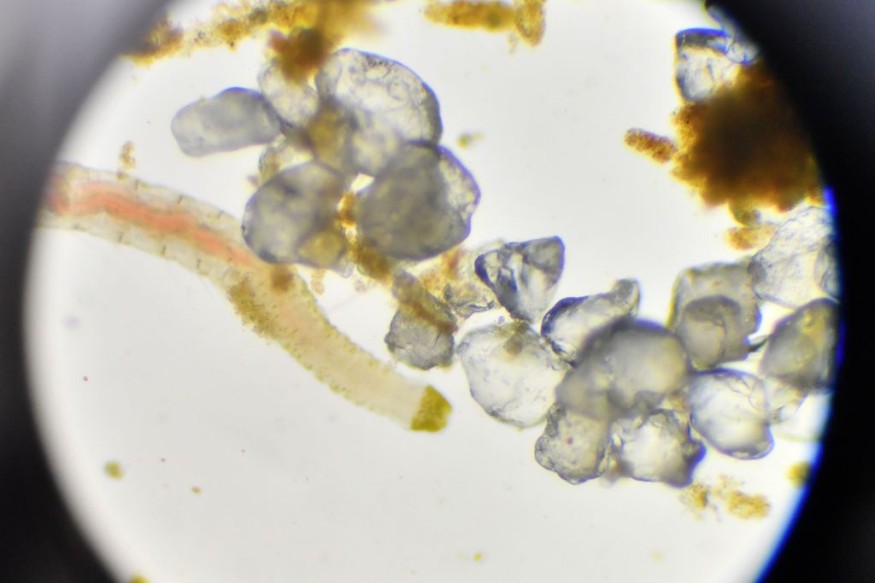
Srivastava and her colleagues introduced DNA expressing a fluorescent protein into implantation of a fertilized panther worm's embryo, which was an appropriate infrastructure into the genomes of additional cells as they split until about the embryos matured into full-grown worms.
The glimpse into the inner workings of panther worms as they regenerate has offered fundamental knowledge on how the creature's muscle fibers connect to one another and to different cells.
The Rise of Glow in the dark worms
Srivastava and her team published the panther worm's whole generation sequencing in 2019, as well as the discovery of a number of DNA switches that appeared to govern the genes over whole regeneration.
Then there was the three-banded panther worm (Hofstenia miamia), a little critter that resembles a plump grain of rice and is named for the three cream-colored stripes that run throughout its body.
Early investigations by Reddien and Srivastava showed that panther worms not only could regrow their heads, but also pretty much every other body component, just as planarian flatworms despite the fact that the two are only genetically similar.
These worms are mostly seen in the Caribbean, the Bahamas, and Bermuda, along with Japan, and they are ferocious predators that aren't above biting their colleague's panther worms if they're hungry and can't seem to find any other food.
In this new study, Srivastava and her colleagues reasoned out how to breed transgenesis panther worms by introducing a gene encoding a fluorescent protein.
Harvard University specialists have genetically engineered the three-banded panther worm to enable it to emit a similar green glow.
The researchers eventually discovered that the panther worms like brine shrimp also known as Sea-Monkeys, and the organisms began to flourish and reproduce.
In 1960, a source claimed that the worms might regenerate their cut heads, but there was little scientific evidence to back it up.
When UV or blue light is shone on a chromophore, the energy is absorbed, the chromophore is stimulated, and the leftover energy is released as green light.
Throughout 2010, since she was a postdoc in Peter Reddien's group at MIT's Whitehead Institute, she has indeed been researching the three-banded panther worm.
Most animals demonstrate any type of regeneration: newly grown hair, for example, or putting a damaged bone back together by forming new skin. If you divide a panther worm into three sections, each one will grow it in to a fully-fledged worm after around eight weeks.
Regeneration Through The Panther Worms
They found a portion of non - coding DNA that regulates not whether the early growth response, a type of master control gene for regeneration, is triggered.
Under UV light, the adult worm's muscle cells glow green, and this luminous capacity will be handed down to the larvae. Thus, according Srivastava, the procedure in humans is likely to be significantly differently from that in panther worms.
"We have had no idea how any of these cells interact in the animal through regeneration," Srivastava explained.
Srivastava now has her own lab at Harvard, where she studies panther worm regeneration.
"Having the transgenic worms would allow us to observe the cells as they regenerate in the environment of the animal."
Srivastava and Reddien would just have to work out the ideal salinity levels for liquid water, as well as identify an appropriate food resource, before the worms could adjust to experimental life.
Humans, like other species, have EGR, but they are unable to regenerate their complete bodies.
© 2025 NatureWorldNews.com All rights reserved. Do not reproduce without permission.





